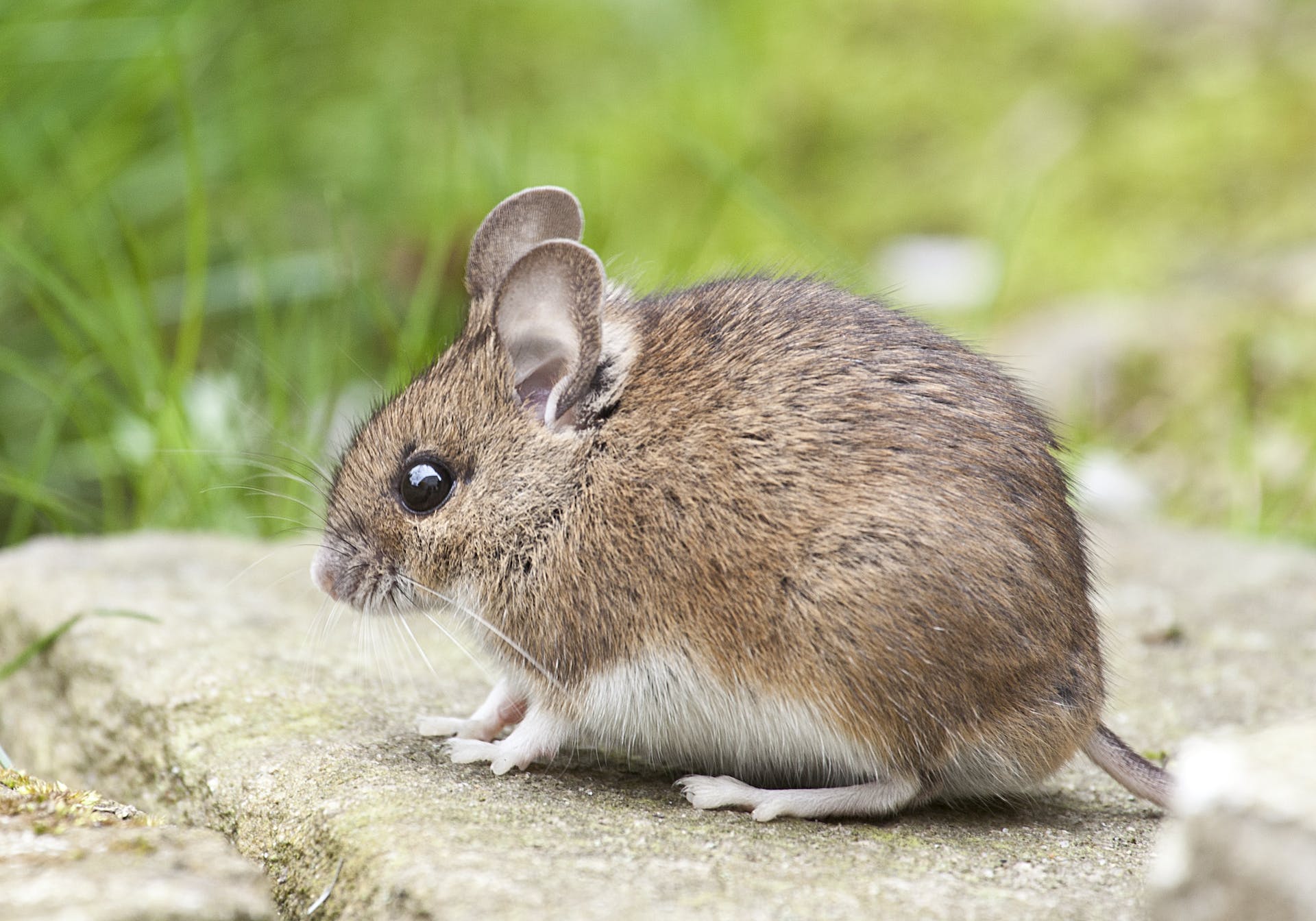Pest infestations are not only a nuisance but can also pose significant health risks and cause damage to your home. Fortunately, there are effective ways to pest-proof your home. This comprehensive guide provides general tips for homeowners to keep their homes pest-free.
1. Seal Entry Points
Pests can enter your home through the smallest of gaps. Inspect the exterior of your home for cracks and holes, particularly where utility lines enter. Seal these openings with caulk, steel wool, or cement. Don’t overlook areas such as roof vents, chimneys, and where the foundation meets the exterior walls.
2. Manage Yard and Garden
Your yard can be a breeding ground for pests. Keep your lawn mowed and bushes trimmed away from your home’s exterior. Remove any stagnant water, as it’s a perfect breeding ground for mosquitoes. If you have a garden, ensure it’s well-maintained and free from decaying produce.
3. Proper Waste Management
Improperly managed waste attracts pests like rodents and insects. Use garbage cans with tight-fitting lids and regularly dispose of waste. If you compost, ensure it’s well managed and far from your home’s foundation.
4. Store Food Properly
Food attracts pests. Store dry goods in airtight containers. Regularly clean crumbs and spills, especially in the kitchen. Don’t leave dirty dishes in the sink overnight, and regularly clean under appliances where food particles can accumulate.
5. Reduce Moisture and Water Sources
Many pests are attracted to moisture. Fix leaky faucets, pipes, and any damp areas around the house. Ensure your home has good drainage, and use dehumidifiers in damp areas like basements.
6. Keep a Clean Home
Regular cleaning is vital in pest prevention. Vacuum regularly, dust surfaces, and clean up clutter that can provide hiding spots for pests. Pay special attention to areas where pets eat and sleep.
7. Firewood and Storage
If you store firewood, keep it at least 20 feet away from your home and elevated off the ground. This prevents easy access for pests into your home. Similarly, keep storage areas in and around your home neat and organized, reducing hiding spots for pests.
8. Inspect Secondhand Items
Be cautious when bringing secondhand furniture or appliances into your home. Thoroughly inspect for signs of pest infestation, like egg cases or droppings, to avoid inadvertently introducing pests.
9. Use Screens and Nets
Install screens on windows and doors to prevent flying insects from entering. Regularly inspect these screens for tears and repair them as necessary.
10. Professional Help
Sometimes, despite your best efforts, you may need professional pest control services. If you encounter a significant infestation or a persistent problem, it’s wise to call in experts.
Pest-proofing your home requires a combination of diligence, preventive measures, and sometimes professional assistance. By following these tips, homeowners can greatly reduce the chances of pest infestations, ensuring a safer and more comfortable living environment. Remember, prevention is always better than cure when it comes to managing pests in your home.

